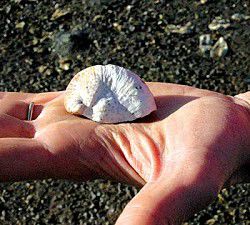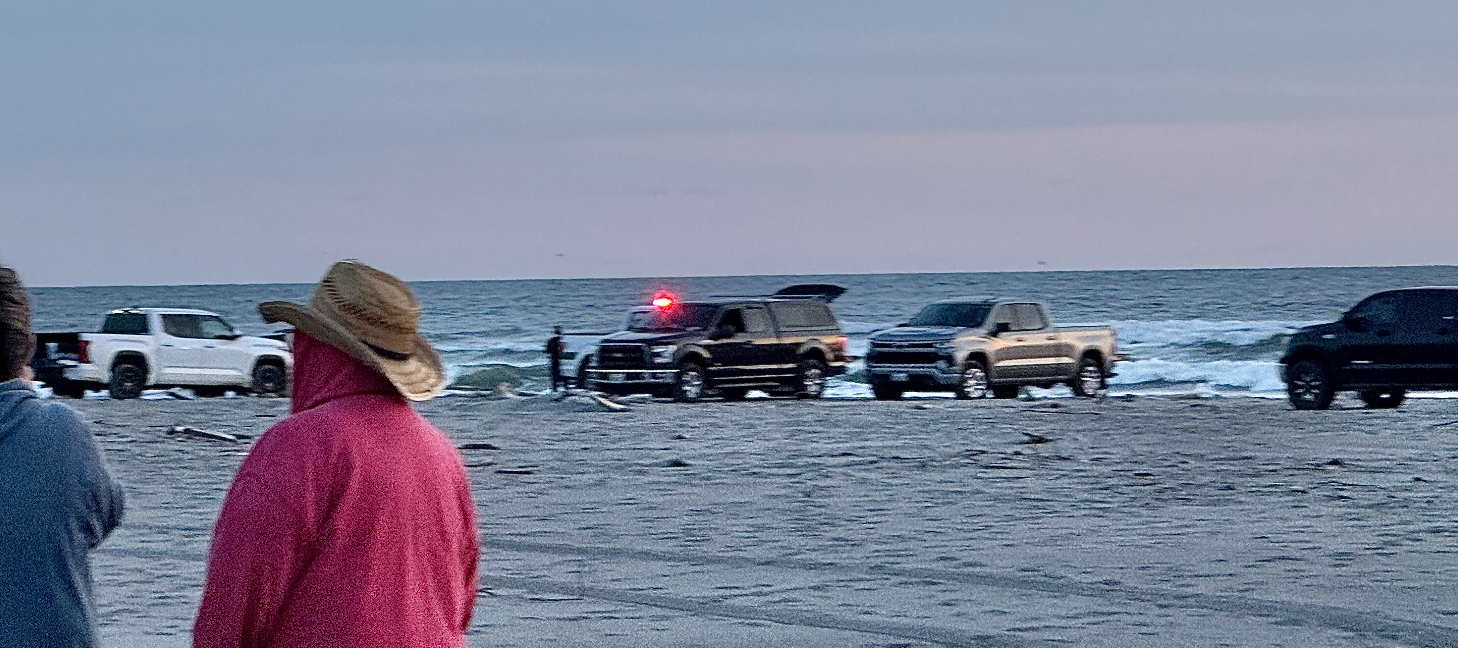EDITORIALS: Invasive species will be a big test for locals in coming decades
Published 5:00 pm Monday, July 12, 2010

- <I>KEVIN HEIMBIGNER/Chinook Observer</I><BR>Eastern slipper snails take a novel approach to reproduction.
Both the Columbia River estuary and Willapa Bay are increasingly becoming front-line battlegrounds in what could be among the biggest environmental stories of the century. Both are seeing troubling success by newly colonizing species.
Grueling fights over how to control spartina grass and various types of non-commercial shrimp have been dragging on for 25 years, to nobody’s real satisfaction.
But these may turn out to have been merely the initial landing craft in a relentless D-Day invasion of plants and animals that stand to compete with or supplant a whole broad cross-section of native species – along with useful non-natives like farmed oysters.
The latest conflict in Willapa Bay is that between Manila clams and Japanese eelgrass or Zostera japonica. The introduced clams have grown into a $5 million annual business on the bay. They grow in the same areas where japonica thrives and this plant severely interferes with clam success.
But unlike California, which is actively seeking to eliminate japonica, Washington state actually encourages preservation of the plant at present. It serves as food for a variety of migratory waterfowl, though open mudflats appear to be better habitat for other species closer to the base of the food chain. It’s general usefulness was enough to get Willapa Bay an unofficial “A” grade for submerged vegetation on the report card we published on Page A1 today.
Both Willapa and the Columbia struggle with loads of small invasive shellfish and snails. Washington and Oregon are both working hard to keep their rivers free of even more destructive species such as zebra mussels, that stand to clog dam and navigation lock mechanisms and possibly cut up returning salmon inside fish ladders.
Some of these issues are slowly unfolding consequences from historic negligence in our regulation of foreign bilge water, while some other harmful species may even have been deliberately imported for use in aquariums and for other purposes. Serious regulatory energy must be invested in keeping out any invaders that don’t yet have footholds here.
Beyond this, our region and the nation must begin contemplating how to live within natural habitats being steadily assaulted by rising air and ocean temperatures, rising sea levels and increasing erosion. Much as we wish it were otherwise, it will not be possible to forever preserve many aspects of our current status quo.
We are on the cusp of huge changes. We can make the best of them by doing things like working to keep our forests and farms healthy, limiting residential sprawl and cooperating to keep out the most destructive invasive species.





